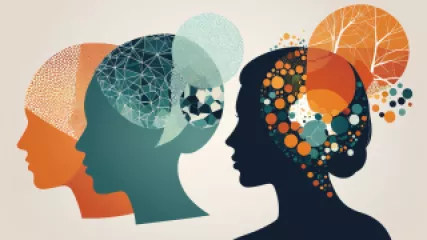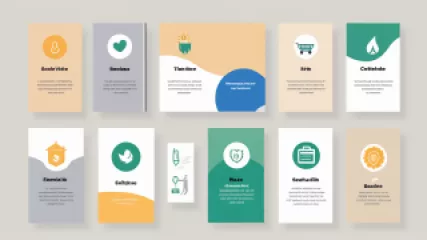Preventing Burnout: An Interview with a Mental Health Expert
1 year ago
Preventing Burnout
Integrating Mindfulness Workshops into Classroom Curriculum
1 year ago
Mindfulness in Education
Strengthening Cognitive Skills: Why Memory Techniques Are Essential
1 year ago
Improving Memory Techniques
Understanding Bias: A Research-Driven Approach
1 year ago
Confronting Bias
My Journey as a Rural Therapist: Connecting with Underserved Communities
1 year ago
Mental Health in Rural Areas
Embracing a Forgiveness Mindset: A Transformative Path Towards Healing
1 year ago
Psychology of Forgiveness
Peer Pressure: A Research-Backed Understanding
1 year ago
Peer Pressure
Why Mindfulness is Essential for Parents
1 year ago
Mindfulness for Parents
Unraveling the Mysteries of Body Language Basics
1 year ago
Body Language Basics
The Ultimate Guide to Handling Life's Setbacks
1 year ago
Handling Life Setbacks
How to Leverage Peer-to-Peer Support for Personal Growth
1 year ago
Peer Support Benefits
My Journey to Cultivating Deeper Empathy
1 year ago
Empathy
How to Overcome Cognitive Dissonance: Step-by-Step Guide
1 year ago
Cognitive Dissonance
How to Achieve Success Through Psychology
1 year ago
Success Psychology
Unlock Your Potential: A Step-by-Step Guide to Improving Social Skills for Introverts
1 year ago
Social Skills Training














